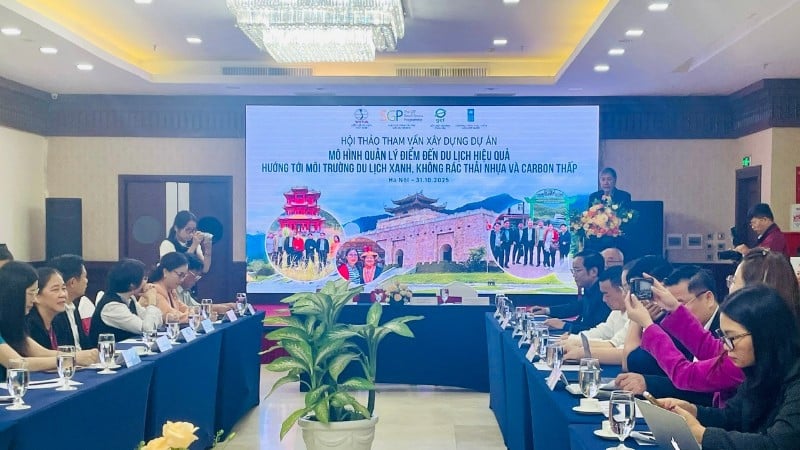
Speaking at the opening of the workshop, Chairman of the Vietnam Tourism Association Vu The Binh affirmed: Tourism is an industry closely linked to the environment, so developing green tourism is an inevitable direction. However, in our country, the gap between awareness and action in green tourism is still quite large.
From 2023-2024, with the support of the United Nations Development Programme (UNDP), the Vietnam Tourism Association has implemented the Project "Reducing plastic waste in the tourism sector in Vietnam" and achieved positive results. That is the foundation for the association to continue to have action programs towards green tourism, typically issuing the VITA Green Criteria Set - Vietnam's first set of criteria on green tourism, meeting relatively fully international criteria.
According to Mr. Vu The Binh, Vietnam is behind many countries in the world in developing green tourism, so it is necessary to accelerate the transformation of tourism activities towards green and sustainable direction. The proposal of the Vietnam Tourism Association to implement the Project "Building an effective tourism destination management model with the participation of relevant parties towards a green, plastic-free and low-carbon tourism environment", with the support of the United Nations Development Program, continues to be a practical action to promote green tourism development in Vietnam.
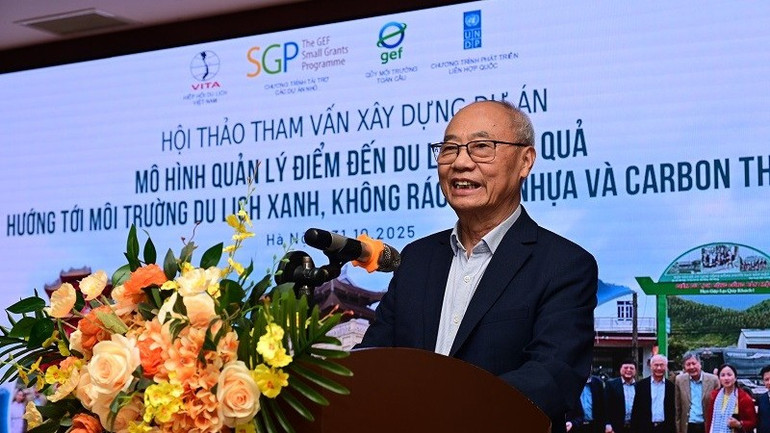
“Destination management is a vital issue for the tourism industry, because destinations contain all the necessary services of tourism. Focusing on building green tourism destination models will cover all tourism activities in a green direction. This project will also help to complete the necessary criteria to build green tourism destinations” - Chairman of the Vietnam Tourism Association emphasized.
The project "Building an effective tourism destination management model with the participation of stakeholders towards a green, plastic-free and low-carbon tourism environment" aims to build an integrated tourism destination management model with the participation of stakeholders, as a foundation for implementing, monitoring and evaluating green tourism development activities;
Conduct communication and raise awareness among stakeholders (state agencies, businesses and communities) about green transformation in the tourism industry associated with biodiversity conservation and climate change response; at the same time, build a mechanism to replicate models, transfer knowledge, technical guidance and lessons learned to other localities nationwide.
The project is being piloted at Tay Yen Tu Spiritual-Ecotourism Area, Tay Yen Tu Commune, Bac Ninh Province, to serve as a basis for expansion across the country.
The project content revolves around 3 main groups of activities: Group 1 focuses on raising awareness of green tourism for the private sector and local communities to deploy an effective and sustainable tourism destination management model.
Working Group 2 focuses on building a tourism destination management model according to green tourism criteria with the participation of local authorities, the private sector and local communities.
Working Group 3 applies the low-carbon tourism approach and implements the set of criteria for zero-plastic tourism as a result of the “Reducing plastic waste in the tourism industry” project for pilot tourism destinations.
In addition to creating an overall impact in enhancing the effectiveness of destination management, reducing plastic waste and carbon emissions, the project also sets out the desired results: Building a green destination model that has been successfully piloted; developing training materials to raise awareness about green transformation in tourism and effective and sustainable tourism destination management (for tourism businesses; for local communities; for state management officials); developing communication materials on an effective tourism destination management model with the participation of stakeholders towards a green, plastic-free and low-carbon tourism environment; 80% of participating businesses reduce at least 30% of plastic waste; at least 120 people are trained in green tourism and green destination management without plastic waste.
The specific outputs of the project are: 1 set of green destination criteria issued; 1 effectively operating destination coordination board; 1 set of training documents on green, plastic-free, low-carbon destinations; 1 set of communication documents on effective tourism destination management models with the participation of stakeholders towards a green, plastic-free, low-carbon tourism environment; a destination management app built and operated; 3 result-sharing workshops.
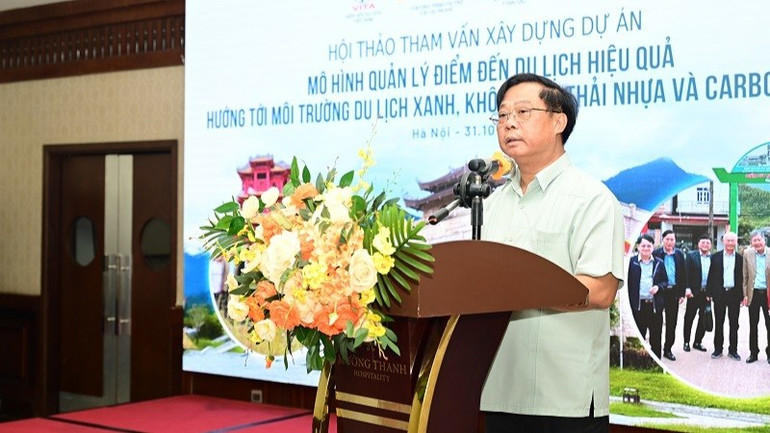
Speaking at the workshop, Deputy Director of the Vietnam National Administration of Tourism Pham Van Thuy affirmed: Organizing a project consultation workshop is a practical activity to implement the National Strategy on Green Growth for the 2021-2030 period, with a vision to 2050; National Action Plan on Green Growth for the 2021-2030 period.
The Deputy Director of the Vietnam National Administration of Tourism suggested that the Vietnam Tourism Association and relevant parties should pay attention to a number of contents in the process of completing the project: The destination management model needs to require investigation, assessment and planning of resource exploitation in a suitable manner; have solutions for green tourism production, use of renewable energy, environmentally friendly energy, develop tourism products based on natural conservation and local culture; have practical solutions to reduce, especially plastic waste, by replacing it with environmentally friendly materials; apply energy-saving technology and prioritize the use of renewable energy; control waste discharge, waste treatment, and emissions to minimize environmental impacts.
In addition, it is necessary to prioritize the development of environmentally friendly tourism types such as eco-tourism, community tourism, cultural tourism associated with conservation; integrate green elements into all activities at destinations; apply digital transformation in green tourism destination management, develop smart tourism destinations; deploy methods of assessment, forecasting and responding to risks in green tourism destination management.
In particular, it is necessary to improve the quality of tourism human resources and stakeholders with awareness and deep understanding of the principles and goals of sustainable tourism development to orient, guide, and form a green production cycle to meet the green tourism consumption needs of tourists.
In the model, there should be content related to propaganda and education on green and sustainable tourism, especially for the community, tourists and businesses towards forming a green lifestyle and consuming green tourism.
The project is expected to be implemented over a period of 12 months, divided into 3 main phases:
Phase 1: Preparation and model building (from October 2025 to December 2025), including activities: Report on assessment of current status and level of destination management; design of green destination management model; technical guidance on applying VITA Green green tourism criteria set.
Phase 2: Pilot implementation and technical intervention (January 2026 - August 2026), including activities: Establishing a local coordination committee; training, communication, implementation of technical solutions; monitoring and supervision on the field.
Phase 3: Summary, evaluation and replication (September 2026 - October 2026): Includes activities: Evaluation of results; compilation of guidance and training documents; organization of workshops to share experiences and propose policies.
Source: https://nhandan.vn/xay-dung-mo-hinh-quan-ly-diem-den-hieu-qua-huong-toi-du-lich-xanh-post919620.html


![[Photo] Da Nang: Water gradually recedes, local authorities take advantage of the cleanup](https://vphoto.vietnam.vn/thumb/1200x675/vietnam/resource/IMAGE/2025/10/31/1761897188943_ndo_tr_2-jpg.webp)



![[Photo] Prime Minister Pham Minh Chinh attends the 5th National Press Awards Ceremony on preventing and combating corruption, waste and negativity](https://vphoto.vietnam.vn/thumb/1200x675/vietnam/resource/IMAGE/2025/10/31/1761881588160_dsc-8359-jpg.webp)
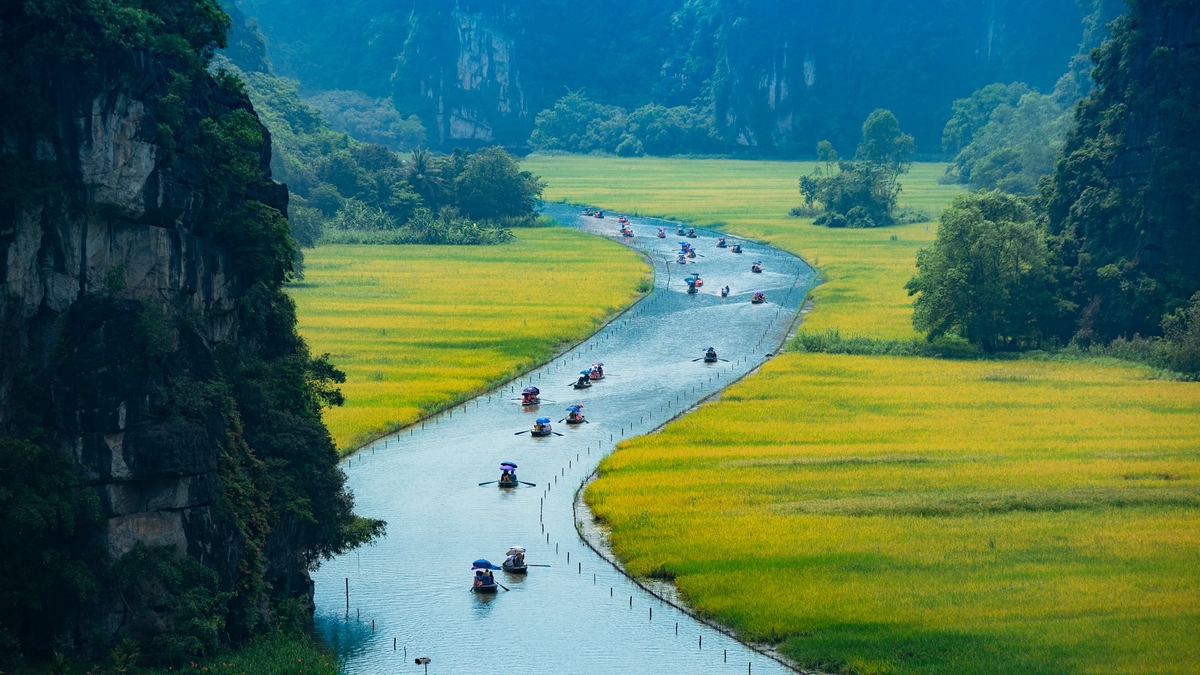
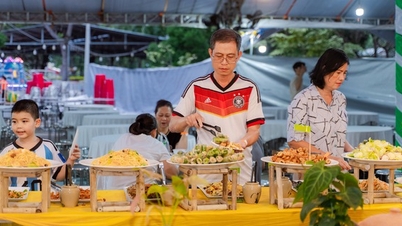



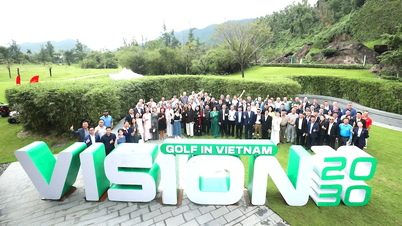
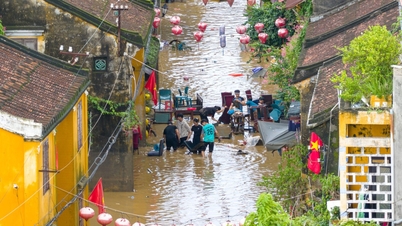

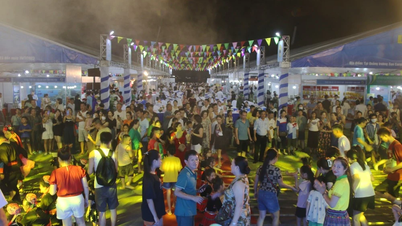







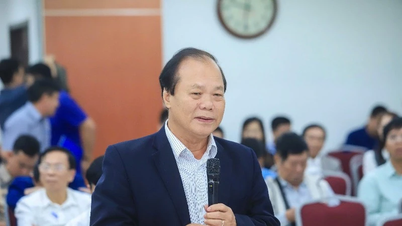

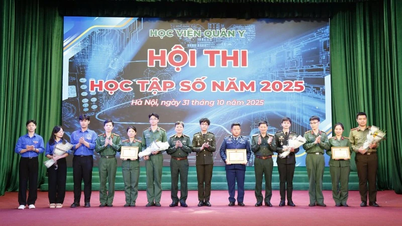
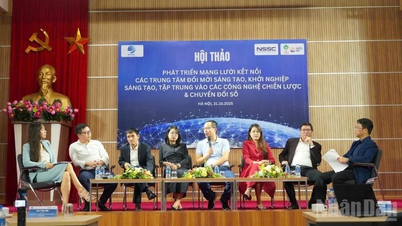
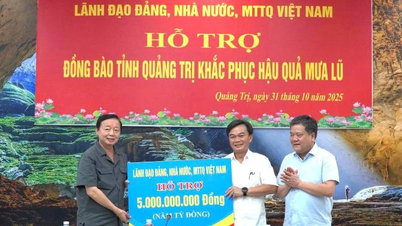
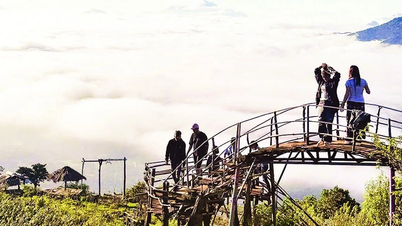
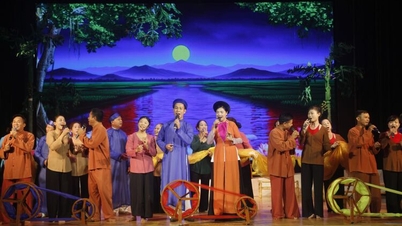

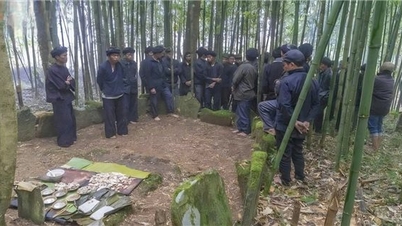

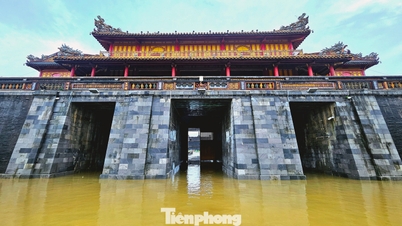

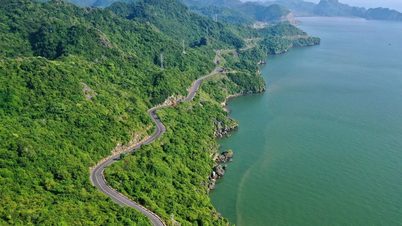
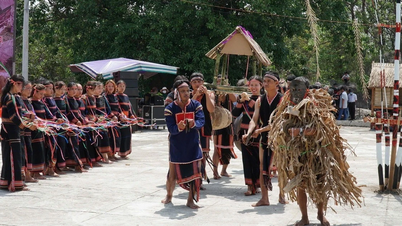










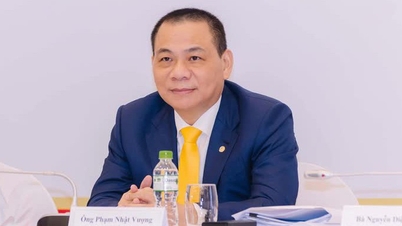
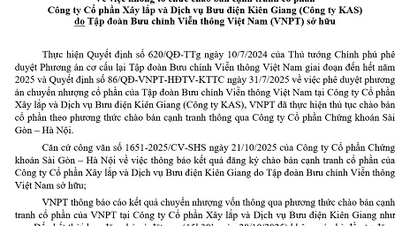


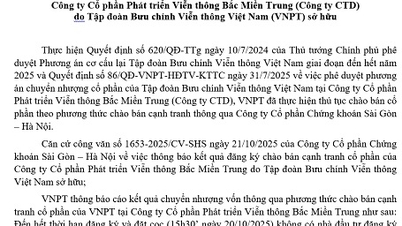
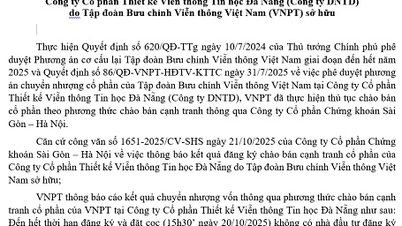






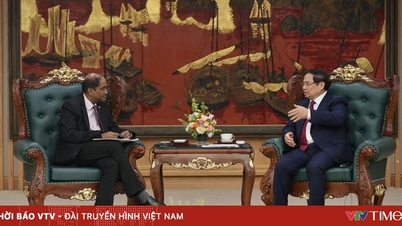



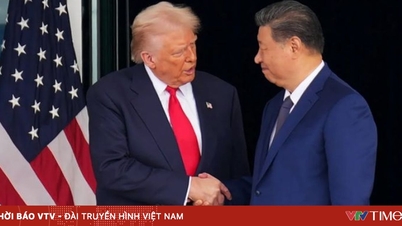
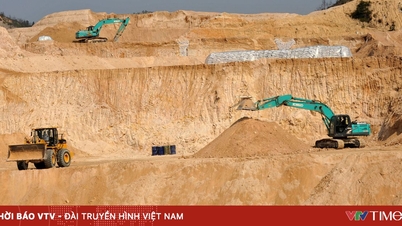
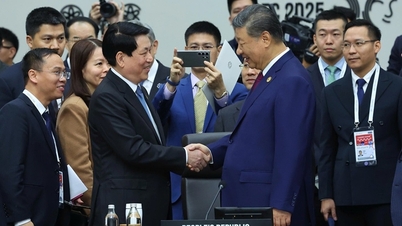



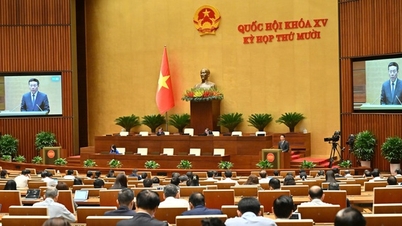

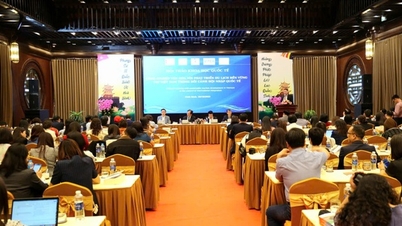
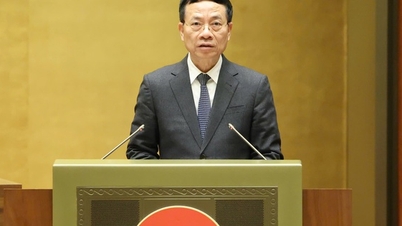
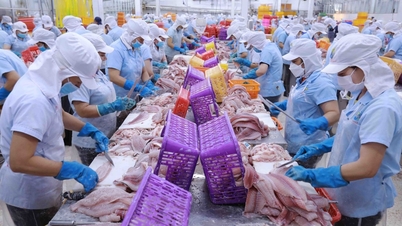
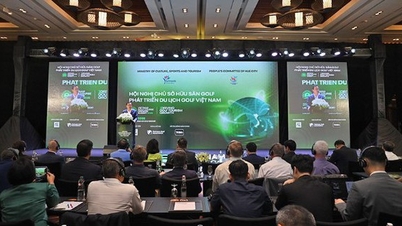
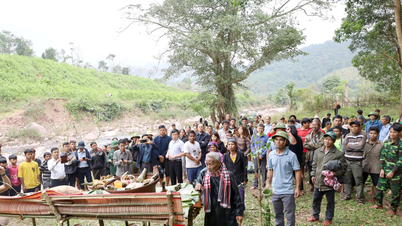

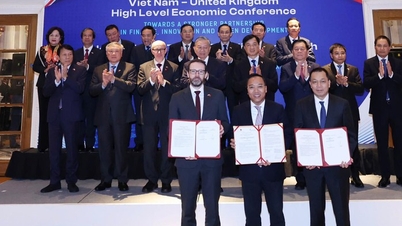

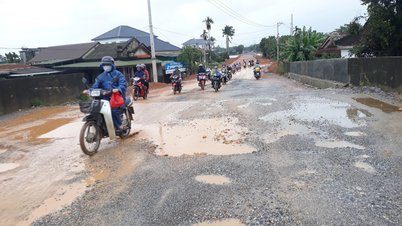




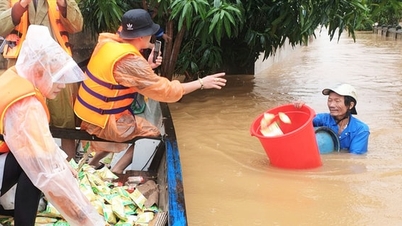
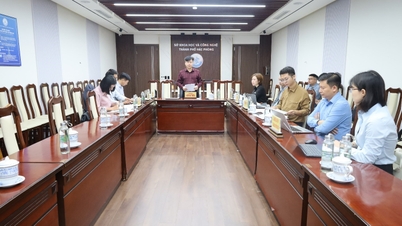










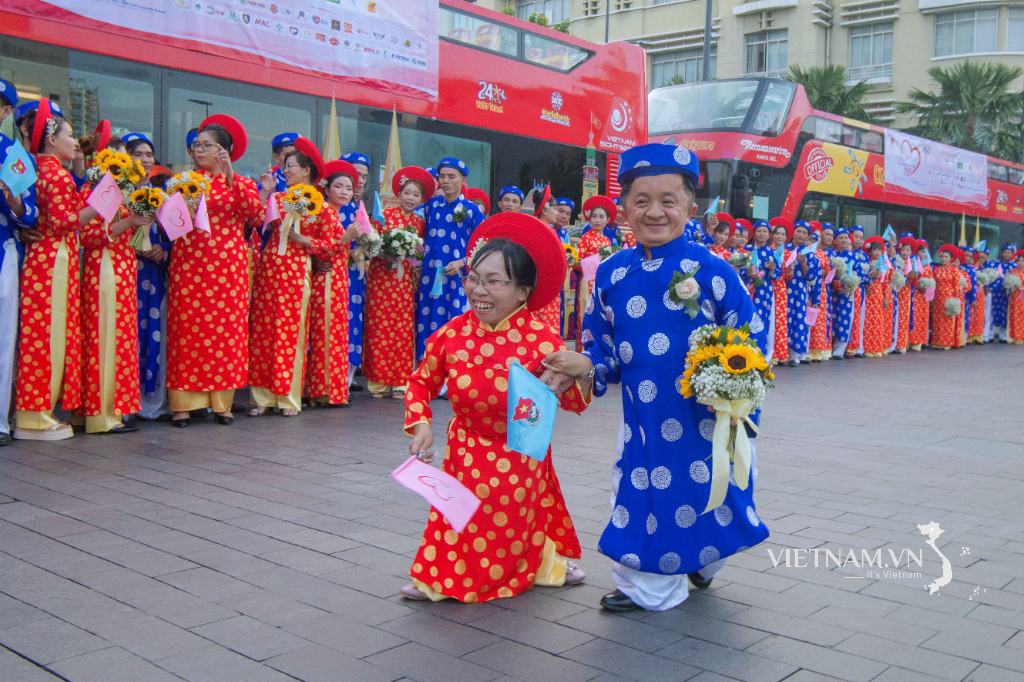



Comment (0)